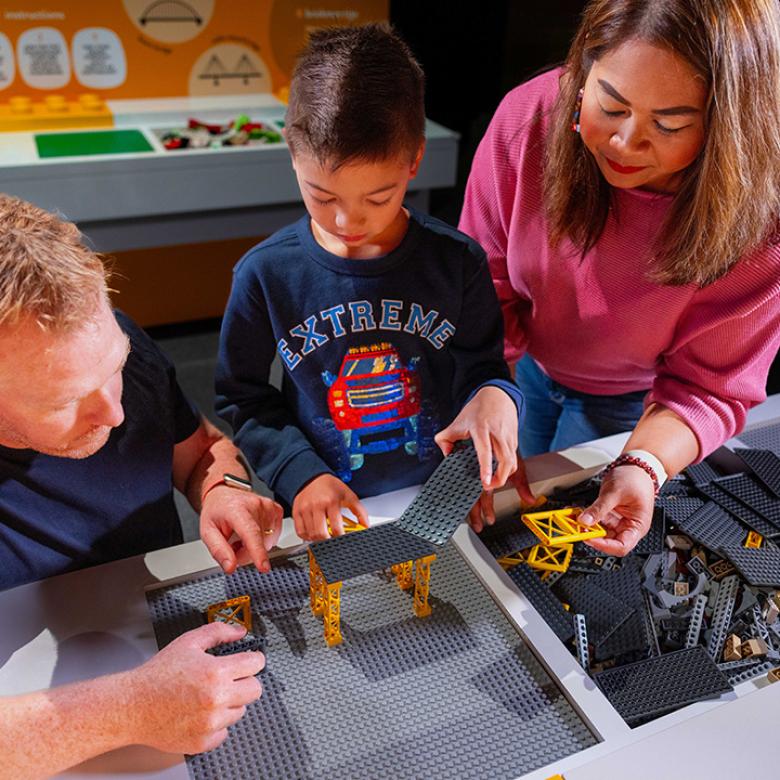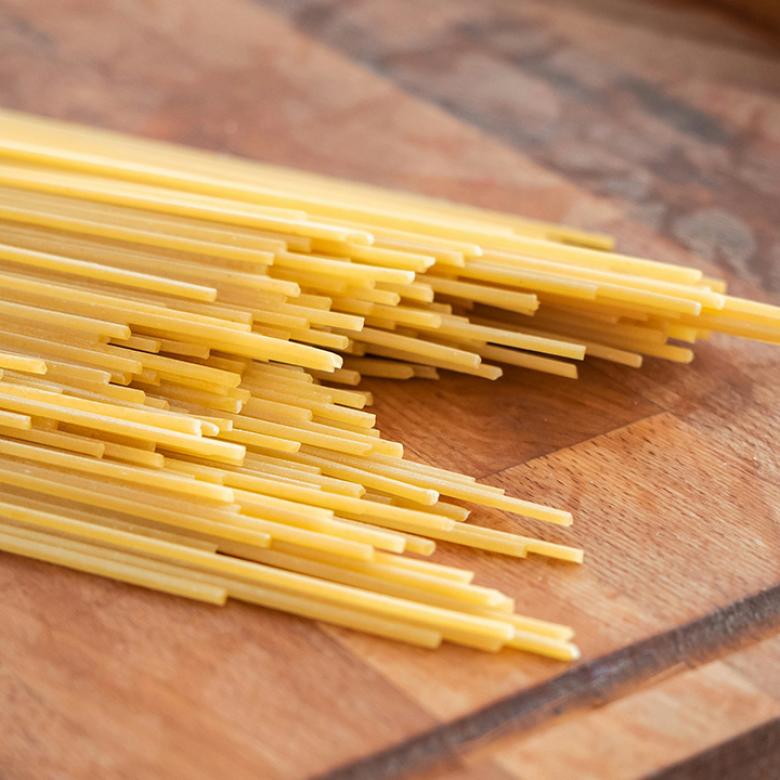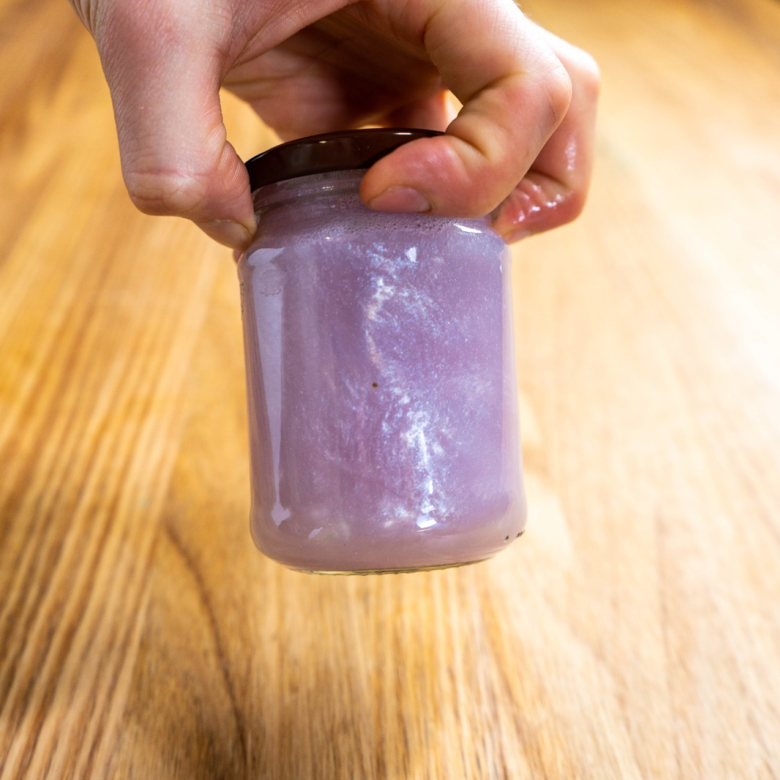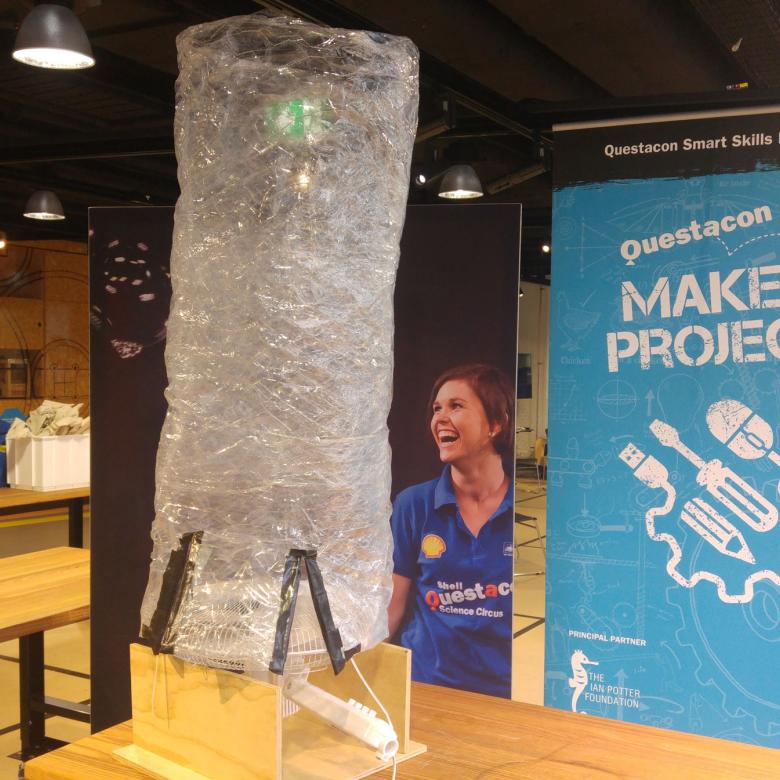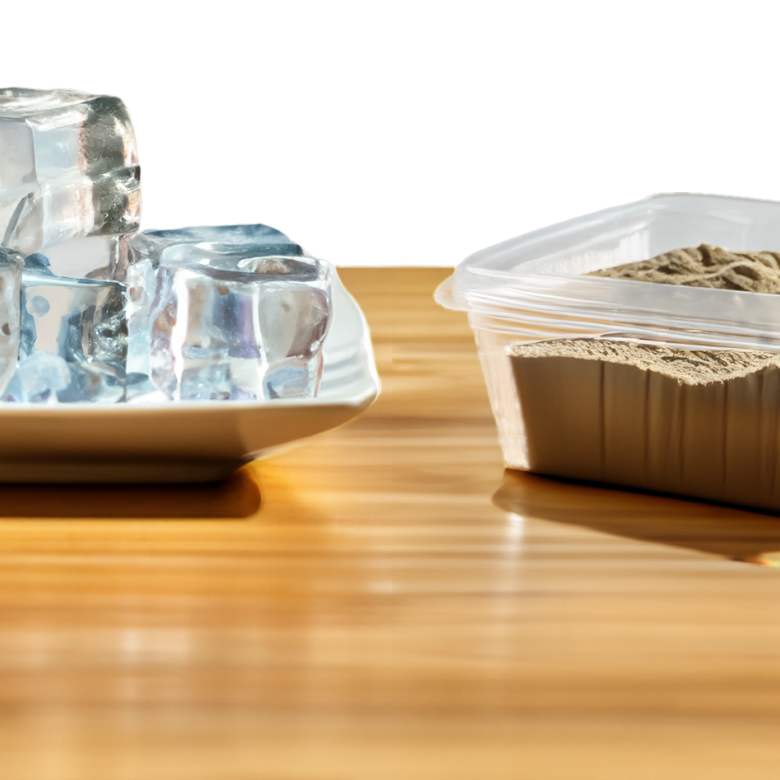You’ll need
- A small, clear cylindrical plastic bottle with smooth sides, like a soft drink bottle
- Liquid hand soap (any will do as long as it has glycol stearate in it)
- Food colouring
- Water
What to do
- Gather your materials on a flat surface.
- Fill the bottle one quarter full of hand soap.
- Add 1 or 2 drops of food colouring.
- Fill the bottle all the way to the top with water. Add the water slowly so that the soap and water don’t mix and get foamy.
- When there is no air in the bottle, put the lid on.
- Twirl and shake the bottle to see smooth streaks and turbulent swirls.
Questions to ask
What happens if you twirl the bottle slowly? What if you twirl it faster?
What is the soap for? Try the experiment again, using more or less soap.
Why is it important to make sure there is no air in the bottle? Repeat the experiment, except leave some air.
What's happening
As you twirl the bottle, the mixture of hand soap and water drags against its inside wall and starts to spin. If you rotate the bottle slowly, you may see smooth patterns that flow parallel to each other. If you spin and shake the bottle faster, the patterns become more complex and produce many swirls and eddies. Eddies are swirls that go against the direction of the water.
The smooth patterns you made inside the bottle are similar to the patterns of air movement in Earth’s atmosphere. This is called atmospheric circulation. When you shook the bottle, you created some ‘storms’.
Did you know
The part of the atmosphere where greenhouse gases gather is called the troposphere. The air in the troposphere is well mixed because of many global currents and winds. This is one reason why the global temperature is going up all over the world, not only in places that give out (or emit) lots of greenhouse gas.
Carbon dioxide (also written by its chemical formula CO2) spreads all through Earth’s atmosphere within a year of being emitted. If we make less greenhouse gas in one place, it benefits the whole planet. If one area cannot avoid making greenhouse gas, they can pay another area to offset those emissions. In other words, they pay that other area to make less, or absorb more, greenhouse gas. This is called a greenhouse gas offset. Because gases mix in the atmosphere, greenhouse gases can be offset from anywhere in the world.


